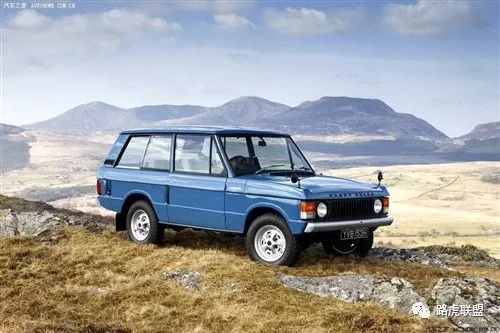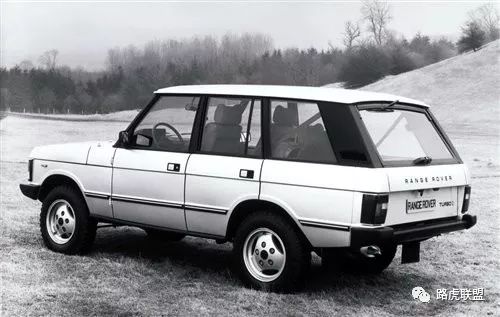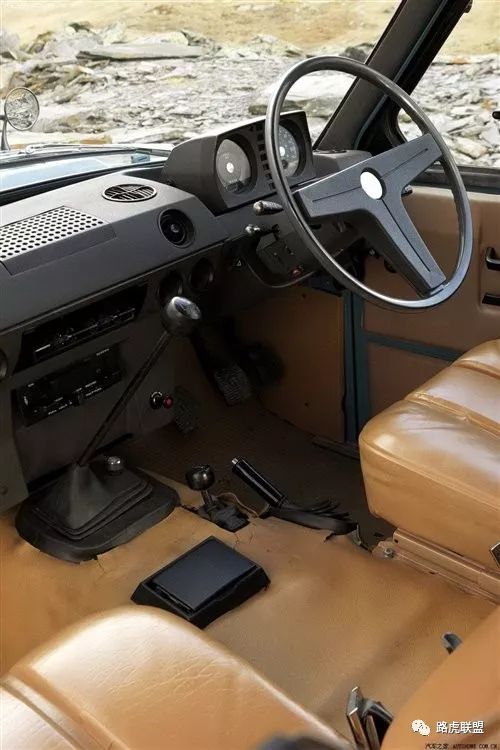
“You can drive a Land Rover only when you have to endure hardships.” It shows that its worth is indeed extraordinary. So what kind of deep heritage does Land Rover have to create such a luxurious SUV? Just look at the designer’s talk about Land Rover’s life experience.
Today’s off-road vehicle market is full of wars and separatists, and all automakers are paying close attention to the fat meat of off-road vehicles. Among them, there is a model that has stood in the off-road vehicle market for 40 years with its unique special charm, and this is the Range Rover. Land Rover Range Rover perfectly integrates excellent off-road capability and good comfort, and the most special thing is the noble temperament of Land Rover. The Range Rover perfectly embodies the unique aristocratic temperament of England. Maybe some friends will criticize it, but this has an inseparable relationship with the 40-year history of the Range Rover. The Range Rover has been used by the British royal family all the year round, and the British royal family favors it. In addition, this favor has been infused into Land Rover’s products to form its unique temperament. Next, I will use some space to tell my friends about the development process of Land Rover Range Rover.

First Generation Range Rover (1970-1996)
In 1966, the first prototype of Land Rover Range Rover was launched, which was the well-known “100-inch station wagon” at that time. This car had front and rear shock absorbing coil springs that were not available in other four-wheel drive vehicles at that time, and had the best comfort of off-road vehicles of the same level. In addition, long-travel suspension is used to ensure the toughness required for off-roading. In addition, the main parts of the body are made of aluminum alloy, and it is also equipped with an all-aluminum engine and four-disc brakes.
On June 17, 1970, Land Rover released the first-generation Range Rover model. The first-generation Range Rover did not emphasize luxury like the current models. The interior is simple, with plastic seats and molded floor coverings that wash down easily with water. No solid wood, leather upholstery or even carpet was used.

“The first-generation Range Rover two-door version”

The original Range Rover used a 3.5-liter engine based on Buick’s V8 modification, which could reach a maximum power of 135 horsepower. Range Rover initially offered only a two-door version, and the popularity of this model led Land Rover to plan to launch a four-door version. In 1982, Land Rover launched the four-door version of the Range Rover, and the interior has also been changed. After redesign and the application of luxurious materials, the Range Rover has become a pure luxury off-road vehicle.

“The first generation Land Rover Range Rover four-door version”
In 1983, Land Rover replaced the improved 5-speed manual transmission and the 3-speed automatic transmission provided by Chrysler for the Range Rover. Two years later, the Land Rover Range Rover began to use the German ZF 4-speed automatic transmission.

In 1986, Land Rover made an important facelift for the Range Rover. For safety reasons, it replaced the radiator grille that is more conducive to protecting pedestrians, and the shape of the grille was also changed from vertical to horizontal. The facelift model uses a more advanced Lucas electronically controlled fuel injection system to replace the traditional carburetor, which improves fuel economy.


1986 was also the year that Land Rover Range Rover officially entered the U.S. market. Although Range Rover had entered the U.S. through other channels and became very popular, Land Rover’s official U.S.-spec models appeared in 1987. For Range Rover, another change in 1986 was that the car provided a 2.4L displacement VM series diesel engine for users to choose to cope with the high tax rate in Europe.

In 1989, Land Rover installed a new engine for the Range Rover. The 3.5L V8 engine derived from Buick was replaced by a new 4.0L V8 engine, and it was equipped on the Range Rover model in 1990. In addition, Land Rover installed an anti-roll bar for the Range Rover based on user feedback, which solved the problem of the body shaking of the Range Rover and further improved the comfort of the Range Rover. Although this sacrifices its off-road performance to a certain extent, Range Rover owners seem to prefer road driving most of the time.

In 1992, Land Rover replaced the 4.2L V8 engine for the Range Rover, which further increased the power of the Range Rover. At the same time, the new 200TDi diesel engine was also applied to the Range Rover. In order to allow consumers who buy Range Rover to have a more comfortable driving experience, Land Rover has equipped the high-end models of Range Rover with air suspension. In the same year, it was equipped with a body lifting system that would later become a symbol of Range Rover technology. This technology alone was enough to defend Range Rover’s supremacy in the field of off-road vehicle technology.
The life cycle of the first-generation Range Rover was as long as 26 years, which is what makes the generation of off-road vehicles have a 26-year product cycle. I think it should be positioning. Range Rover has defined its own position since its launch. The coil springs and other configurations used are higher than those of various off-road vehicles in the same period. Land Rover has truly implanted the concept of luxury and comfort into the off-road vehicle, a cold land tool. Land Rover’s spirit of pursuing the coexistence of comfort and off-road is one of the elements of its success.

Source: Autohome (invasion and deletion)
Image source: Internet (invasion and deletion)




